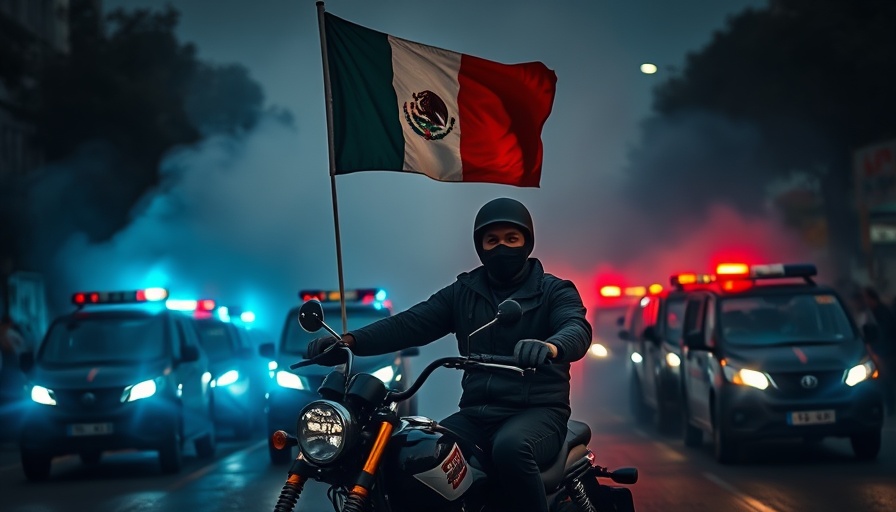
Understanding the National Guard Deployment in California
In a dramatic escalation following widespread protests in Los Angeles against immigration enforcement, President Donald Trump has deployed 2,000 National Guard members to California. This move, described by the White House as necessary to address 'lawlessness,' comes after tensions flared between demonstrators and authorities during Immigration and Customs Enforcement (ICE) raids in the region.
State Leaders Respond to Federal Intervention
California Governor Gavin Newsom, critical of the federal government's decision, labeled it 'purposefully inflammatory.' He asserted that the local law enforcement is adequately equipped to handle the situation and voiced concerns that federal intervention could heighten tensions rather than ease them. 'We are in close coordination with the city and county, and there is currently no unmet need,' Newsom stated, emphasizing local authority over federal oversight.
Protests Over Immigration Raids
The protests have focused heavily on the recent ICE actions that led to multiple arrests, igniting public outcry. In particular, the city of Paramount has become a flashpoint, with demonstrators gathering to voice their dissent against the government's immigration strategy. Eyewitness accounts describe scenes of chaos, including flash-bang grenades being deployed to disperse crowds, further fueling community anger.
Implications for Immigration Policy
As ICE officials vow to continue their operations amid mounting protests, the deployment of the National Guard opens questions about the future of immigration enforcement in California. This situation highlights an ongoing national debate regarding the balance of power between state and federal agencies, particularly in the realm of immigration policy.
Looking Ahead: A Divided Approach
The differing perspectives between state leaders in California and the federal government highlight a significant divide in approaches to immigration enforcement. With protests expected to continue, attention will focus on how state and federal interaction unfolds. Advocates for immigration reform see this standoff as a potential turning point in discussions about humane treatment and local versus federal authority.
As the situation develops, the implications for local governance and civil rights will be critical points of interest, demanding attention from legal experts and citizens alike.
 Add Row
Add Row  Add Element
Add Element 



Write A Comment